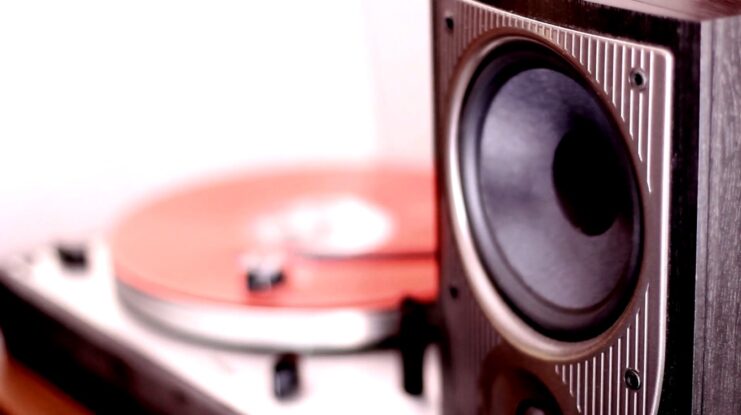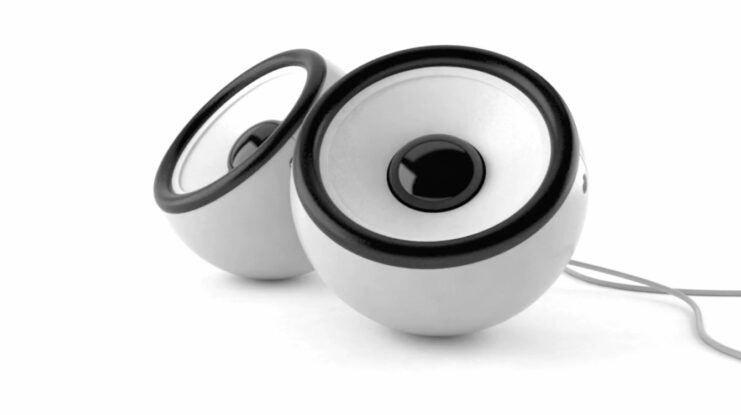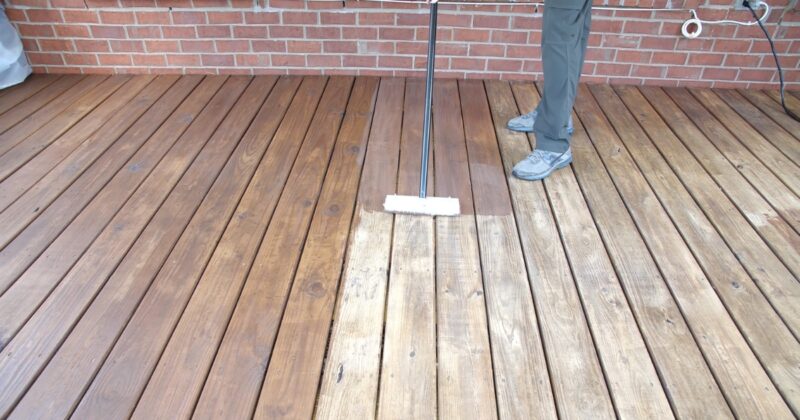In the vast universe of audio, the symphony of sound waves, the intricate dance of equipment, and the sheer passion of music enthusiasts converge. Yet, amidst this harmony, the specter of a “blown speaker” looms large. But how do you discern if your speakers have truly given up the ghost? Dive with us into this detailed exploration of the signs, causes, and diagnostic methods for blown speakers.
Picture this: a serene evening, the ambiance just right, and you’re about to lose yourself in the dulcet tones of your cherished playlist. But instead of the anticipated musical euphoria, you’re greeted with a jarring, scratchy noise.
The prime suspect? A blown speaker. Before you embark on a quest for a replacement, it’s pivotal to grasp the intricacies of what it entails for a speaker to be “blown” and the diagnostic steps involved.
While “blown speaker” might sound like audiophile jargon, it’s a tangible issue that can afflict any sound setup. In essence, a blown speaker is one that’s malfunctioning, leading to distorted audio output, diminished volume, or, in dire cases, utter silence.
Symptoms
- Audible Distortions: The most glaring red flag is an unsettling buzzing or scratching sound. Such distortions can either mirror the audio signal being relayed to the speaker or culminate in a complete lack of sound.
- Dwindling Bass or Volume: If your speaker seems to have lost its punch or is eerily quiet, it might be signaling distress.
- Visible Trauma: A cursory visual examination might unveil damage to the speaker cone, such as evident perforations or fraying.
- Absent Vibrations: A functioning speaker resonates with life when belting out tunes. A lack of this vibrancy might indicate trouble.
- Unsettling Noises: Buzzing or rattling noises often herald a torn cone or internal damage.

Root Causes
- Excessive Power: Bombarding the speaker with overpowering audio for prolonged durations can wreak havoc. Especially if the amplifier’s prowess overshadows the speaker’s capacity.
- Amplifier Misadventures: A rogue amplifier can relay distorted signals to the speaker, spelling its doom. This encompasses both underpowered and overzealous amplifiers.
- Physical Mishaps: Accidents, curious pokes at the speaker cone, or the relentless march of time can lead to a blown speaker.
- Misguided Gain Staging: This pertains to misaligned volume levels across devices, resulting in distorted outputs.
- Equipment Mismatches: Pairing incompatible speakers and amplifiers is a recipe for disaster. For instance, an underpowered amplifier might clip, relaying a garbled signal to the speaker.
Diagnostic Measures
- The Swap Test: Exchange the suspected blown speaker with a functional one. If the latter works seamlessly, your original speaker is likely compromised.
- Amplifier Examination: Link the speaker to a known working amplifier. If the distortion persists, your speaker’s health is in question.
- Visual and Tactile Inspection: Scrutinize the speaker cone for overt damage. A gentle press on the cone can also reveal internal issues through the sounds it produces.
- Multimeter Probing: A multimeter can be a valuable ally, helping gauge the speaker’s resistance and offering insights into its condition.
Proactive Prevention and Maintenance
- Volume Vigilance: Always operate within safe volume thresholds. Distortions should prompt an immediate volume reduction.
- Harmonious Pairing: Ensure your amplifier and speakers are in sync in terms of power and impedance.
- Routine Check-ups: Periodic inspections can preempt potential issues.
- Gentle Handling: Treat your speakers with care, avoiding drops or undue pressure.
The Crossroads: Repair or Replace?
The moment of realization that your speaker is blown can be disheartening. It’s akin to finding out a cherished possession is damaged. But as with many things in life, this too comes with choices: Do you breathe new life into your old speaker through repairs, or do you embark on a new audio journey with a replacement? Let’s delve deeper into this crossroads to make an informed decision.
The Case for Repair:
- Sentimental Value: For many, speakers aren’t just pieces of equipment; they’re repositories of memories. If your speaker has been with you through thick and thin, playing the soundtrack of your life, the emotional connection might make repair a worthy consideration.
- High-End Models: Elite speakers, especially those from renowned brands or vintage collections, are designed for longevity. Their superior build quality often means that with the right repairs, they can be restored to their former glory.
- Environmental Considerations: In an age where sustainability is paramount, repairing can be an eco-friendly choice. By fixing what’s broken, you’re reducing electronic waste and promoting a circular economy.
- Cost-Effectiveness: Sometimes, a minor fix is all that’s needed. If the damage is not extensive, repairing can be lighter on the wallet than purchasing a brand-new speaker.
The Case for Replacement:
- Technological Advancements: The world of audio is ever-evolving. Newer models come with enhanced features, superior sound quality, and advanced technologies. Replacing your blown speaker might be an opportunity to upgrade to a more modern and efficient model.
- Warranty and Guarantees: New speakers often come with warranties or guarantees, ensuring that you’re covered for any future mishaps or malfunctions.
- Avoiding Recurring Issues: Sometimes, a blown speaker is indicative of underlying issues that might resurface even after repairs. In such cases, replacement can save you from future hassles and repeated repair costs.
- Harmonious Integration: If you’ve recently upgraded other parts of your audio system, a new speaker might integrate better with your current setup, ensuring optimal sound quality.
Factors to Consider:
- Cost Implications: Compare the repair costs against the price of a new speaker. If repairs are nearing or exceeding the cost of a new model, replacement might be the wiser choice.
- Age of the Speaker: Older models might be more prone to future issues, even after repairs. If your speaker has already given you many years of service, it might be time for a change.
- Expert Opinions: Always consult with a professional before making a decision. They can provide insights into the extent of the damage and the viability of repairs.

FAQs
What are the most common signs of a blown speaker?
The most prevalent signs include distorted sound, reduced volume or bass, a complete lack of sound, physical damage to the speaker cone (like holes or tears), and unusual buzzing or rattling noises when the speaker is in use.
Can a speaker be blown even if it still produces sound?
Yes, a speaker can still produce sound even if it’s blown. However, the sound quality will be compromised, often resulting in distortions, reduced bass, or other anomalies.
What causes a speaker to blow?
Several factors can lead to a blown speaker. Common causes include overpowering the speaker, using a mismatched amplifier, abusing their loudness, physical damage, and general wear and tear over time.
Is it better to repair a blown speaker or replace it?
It depends on several factors, including the speaker’s value, extent of damage, and repair costs. High-end or vintage speakers might be worth repairing, while more economical models might be more cost-effective to replace.
Can using an incorrect amplifier blow my speakers?
Yes, using an amplifier that’s either too powerful or too weak for your speakers can lead to distortion and potentially blow them. It’s crucial to ensure that your amplifier and speakers are compatible in terms of power and impedance.
How can I prevent my speakers from blowing in the future?
To prevent speakers from blowing, always operate within safe volume levels, ensure your amplifier and speakers are compatible, avoid physical damage, and conduct regular inspections for signs of wear and tear.
Conclusion
The realm of audio is both enchanting and intricate. A blown speaker, while a setback, is but a hiccup in your musical journey. Armed with knowledge and vigilance, you can ensure that your soundscapes remain pristine and immersive. Remember, the key lies not just in enjoying the music but also in understanding and caring for the instruments that bring it to life.
Related Posts:
- What Is A Good Frequency Response For Speakers - A…
- How To Connect Multiple Bluetooth Speakers -…
- Speaker Magnets: What Do Magnets In Speakers Do?
- How To Connect Banana Plugs To Speakers - Plug In & Play
- How To Connect Speakers To A Projector? Say Goodbye…
- Top 11 Best Computer Speakers With Subwoofer 2024 -…







